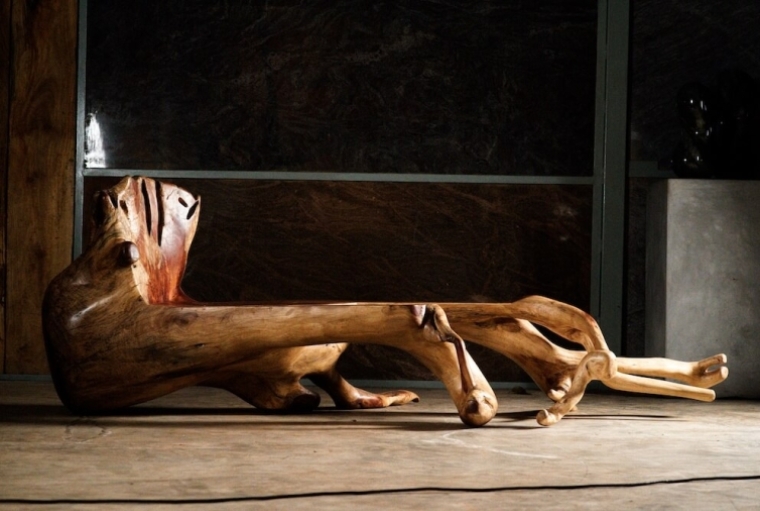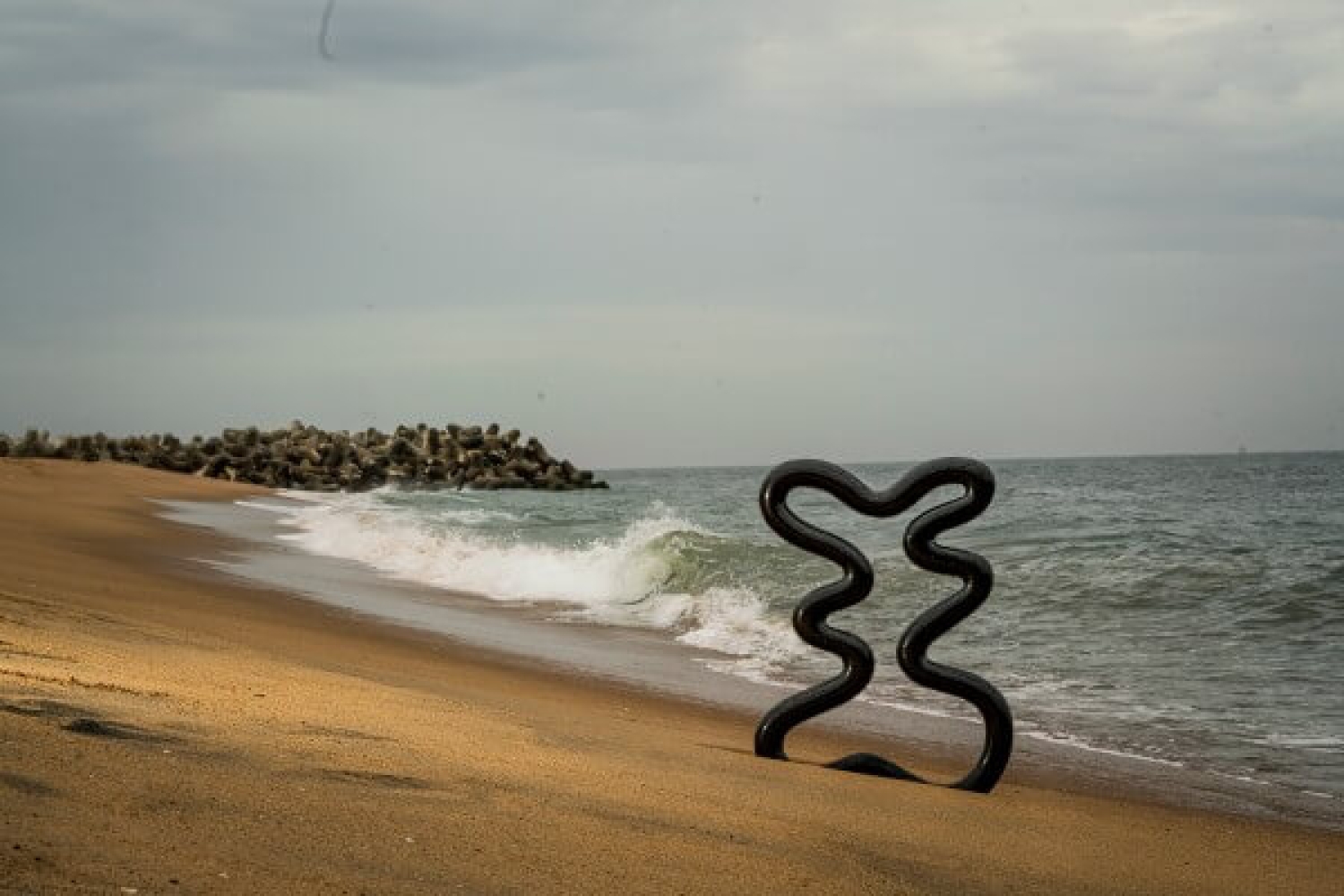

The design lab, Web of Life, signifies the interconnectedness of nature and its coexistence with the human species. We are products of the environment we thrive in; the labyrinth of nature that surrounds us is not only our home but also our habitat for sustenance. Web of Life is nestled within the lush and placid trees of Auroville, Pondicherry. It seeks to accomplish the aim of giving back to nature. From repurposed furniture made out of scraps of wood to sculptures carved out of stone blocks, this design lab centres around reviving and reimagining things into life, using what would otherwise be environmental waste.
Founded by Ravi Teja Varma, a civil engineer by profession, Web of Life is his way of using art to tell a story; in this case, the stories of nature. ‘The idea is quite abstract. Every piece we work with is unique — it has its own story, which we simply do the job of carving out,’ he says. Delving deep into the intersection of sustainability and design, we are in conversation with him, to understand the Web of Life.
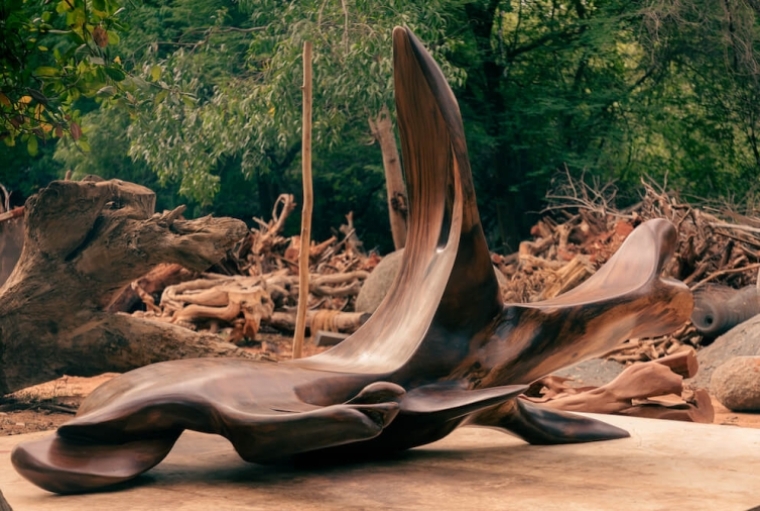
Tell us how the idea of Web of Life came into being.
In the beginning, it was simply my desire to do something out of the box — something that people had never seen before. I started building different kinds of furniture, or even model houses, using huge blocks of rocks, and stacking them up like Legos. While I was in the process of finding inspiration and constructing the idea in my mind, the lockdown was announced. The fact that it was the time of the pandemic coupled with the fact that I was on a scavenger-like hunt for my creative break, I dove deep into the idea of working with organic wood as well as other materials like distinctly shaped boulders and rocks. What I like to believe is that it is my job to open these materials up; to find their potential and see them for what they could become as a whole. Instead of breaking nature-given shapes down, we at Web of Life, firmly believe in using things that exist as is, adapting objects into a form that is usable to humanity, rather than breaking them down to suit our needs.
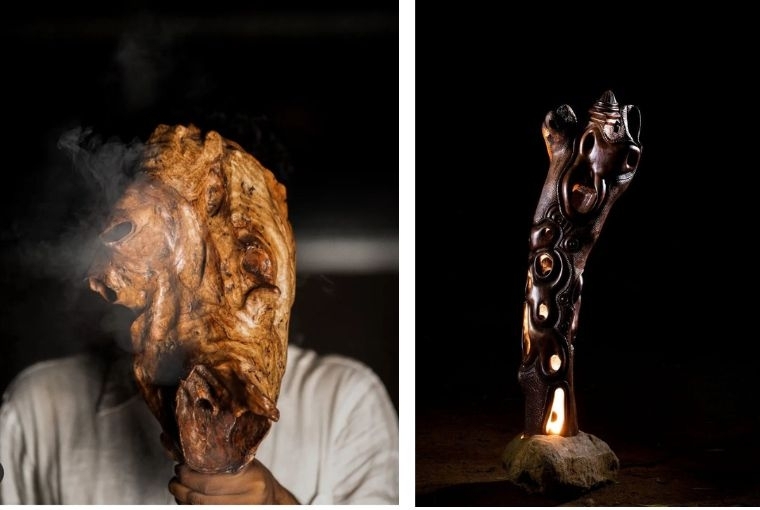
What made you choose the phrase Web of Life for the lab?
The phrase ‘web of life’ has always been of intrigue to me. Additionally, at the time when we had just begun this endeavour, I had been reading a book about an explorer who kept talking about the term ‘web of life’ repeatedly. The explorer explained that, at the end of the day, we are all connected: everything and everyone is interlinked. Similarly, every action we take has an equal and opposite repercussion, or reaction. This was the foundation of Web of Life.
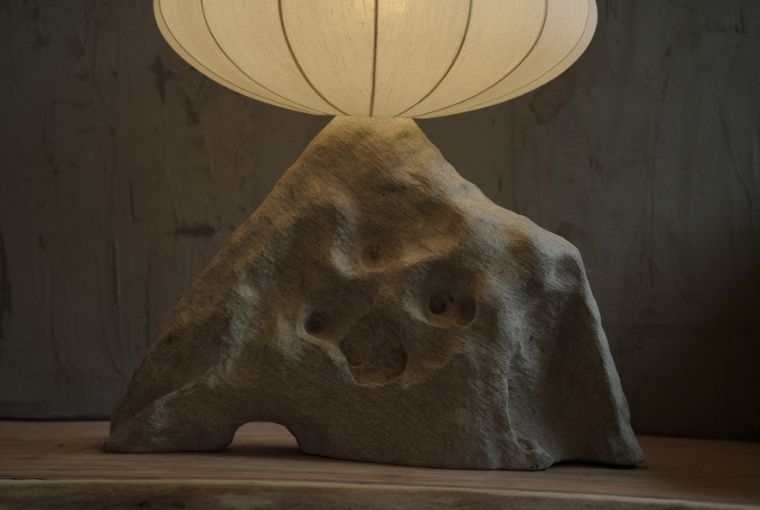
Are there any specific elements or materials that are consistently present in your designs?
Predominantly, we work with a variety of boulders or slabs of stone and wood. The boulders are of different compositions and colours, but we often start with sizeable masses of stone and then carve them into our vision. As far as wood is concerned, we mostly work with tropical hardwoods because I believe that once crafted, this specific type of wood lasts a lifetime. This is another reason why we work with large masses of stone or wood. It is nature’s creation, we simply give it an edge with the work we do. This is another commonality in our designs because we believe in sustainability, and creating things that last a lifetime, no less.
This is an exclusive excerpt from our Februrary EZ. To read the entire article and more such pieces, follow the link here.
Words Muskan Kaur
Date 08.02.2024
